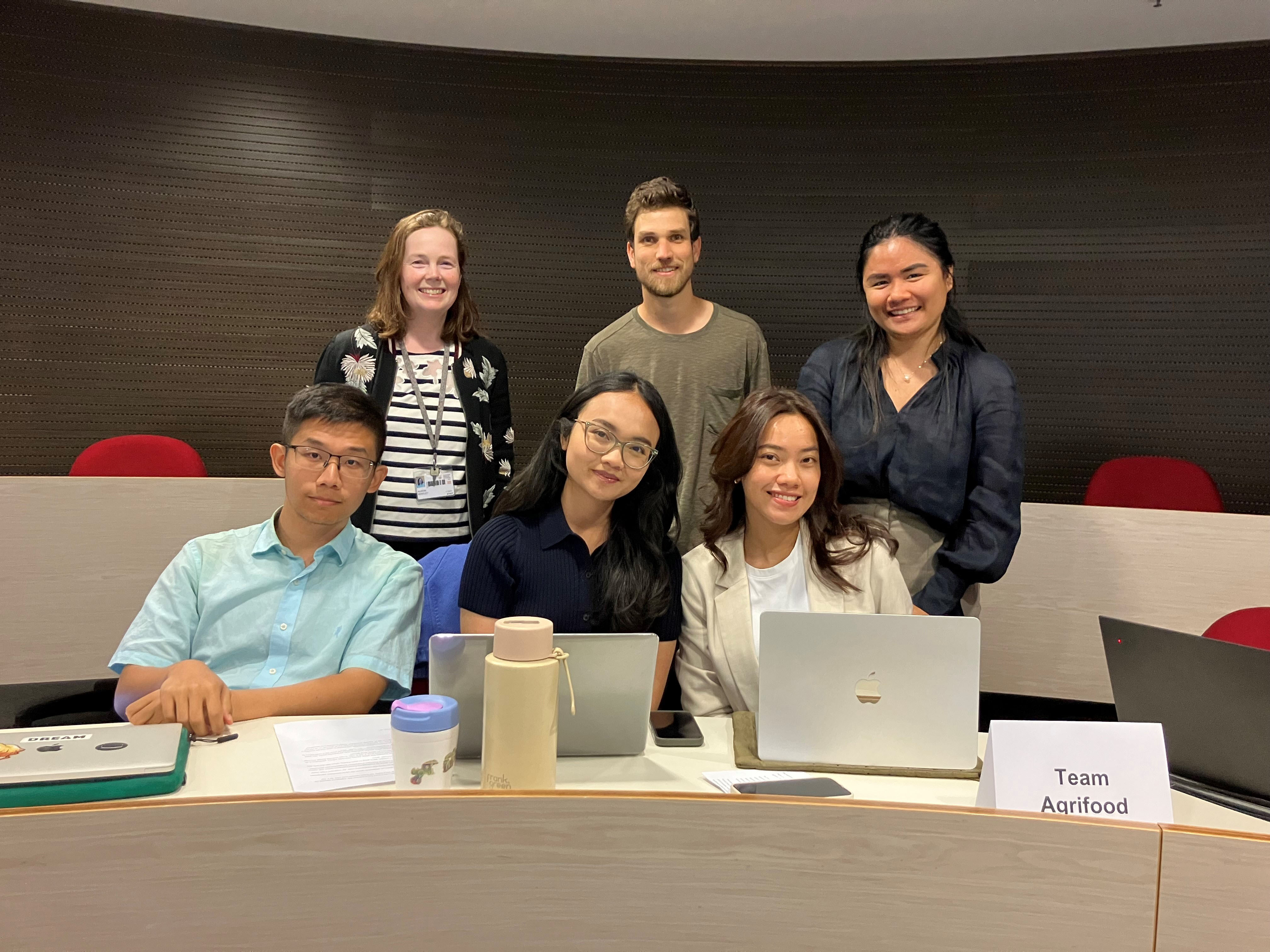
ANU students make the case for clear regulation of biostimulants
AFII Deputy Director Alison Bentley says the lack of clarity around the definition and rules for use of biostimulants in arable cropping is a significant barrier to their adoption and use in Australia.
“There are many benefits for Australia agriculture in the large-scale adoption of biostimulants by farmers, including improved productivity and a reduction in the use of chemicals on food crops,” Associate Professor Bentley says.
“At the moment it is tricky for companies to sell biostimulant products in Australia without the certainty of clear regulation, meaning there is not the same range of products here that you can get overseas.”
In light of this, Associate Professor Bentley engaged a team of Masters students from the Crawford School of Public Policy to investigate global regulation of biostimulants and how this could be applied in an Australian context.
The students, who had background experience in agriculture, brought their policy skills to the project, which allowed them to apply their knowledge to a real-world problem.
At the end of the project the students produced a report which drew on case studies from Europe and North America to propose a definition for biostimulants in the Australian context. It also included recommendations for the introduction of a governance framework around the sale and use of biostimulants for Australian arable cropping.
While conventional chemical labelling focuses on a product’s ingredients, given the wide range of substances which can achieve a biostimulant effect, the students recommended labelling based on what a product does.
Associate Professor Bentley says the project was valuable for AFII and the students and could provide an important piece of the puzzle for industry looking to make the case for government action in this space.
“An important part of the project was facilitating connections between the Crawford policy team and key industry players. It helped the students to understand the nuances of issues facing agriculture and produce realistic recommendations,” she says.
“For Australian agriculture to continue to grow and thrive we need bright policy minds from places like the ANU Crawford School.”
Industry-focused projects harness the diverse knowledge and expertise of ANU students and researchers for the benefit of the agrifood sector. By providing opportunities for students to gain real-world experience working on challenges facing the sector, AFII is helping to build a future-ready agrifood workforce.
